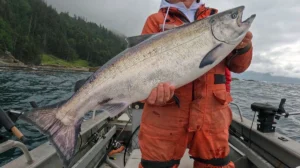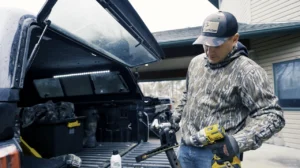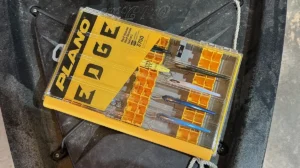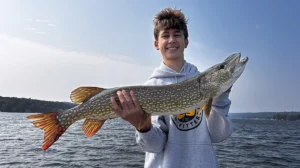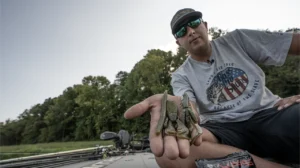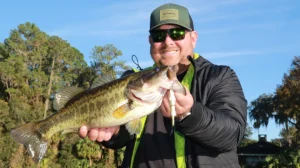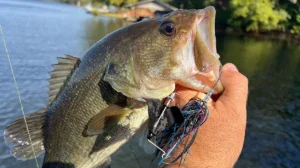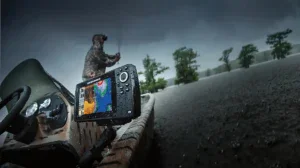Fishing was already one of America’s favorite pastimes but with the increase in interest over the last few years, this recreational sport is now more popular than ever. Along with the yearly increase in popularity, there seems to be an equally ever-expanding supply of fishing lures. Every year, more products are brought into the market with only a small fraction of that number of baits being discontinued.
So it stands to reason that picking the right bait for a particular situation is more challenging than ever. Take topwater lures for instance; you have baits that chug, pop, buzz, walk, spin and spit. Some have single hooks, some trebles, some a combo of the two. Then there are topwaters that incorporate blades, skirts, soft plastics and hard parts. The list can go on forever it seems.
Let’s take a look from 30,000 feet at how a lot of these baits can be grouped together by function rather than fashion, meaning they may not look similar, but they’ll all work well given a particular set of circumstances.

Targets
Certain topwater bass fishing lures work better than others when it comes to fishing isolated targets. For most of us, when we hear the word “target” we think about things like stumps, grass points and docks; all of these are great examples.
But a target can also be the absence of something, just as easily as it is something tangible. A couple quick examples come to mind in the form of shade being a target where the sunlight is absent and a hole in the grass being another.
Fortunately, the same set of topwaters works well for both of these types of targets. What you want here is a bait that can be fished slowly. Popping frogs, poppers, walking-style topwaters and prop baits are all good examples because they naturally have a pause in the action. This allows you to keep your bait in the strike zone near the target longer.
Then it just comes down to choosing the best topwater for the cover. For instance, you could throw a popper with two treble hooks in the shade of an overhanging bush but you’d want to swap to a popping frog for a hole in the middle of a grass patch, since it’s more weedless.
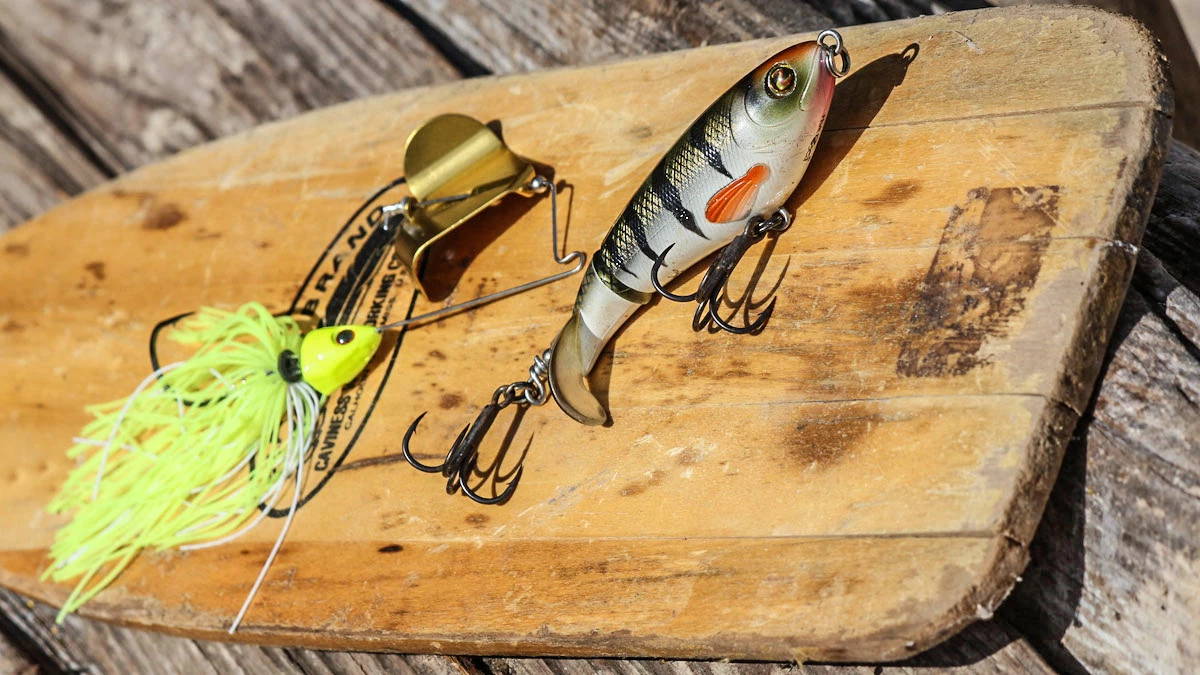
Covering water
The converse of fishing targets is covering water and there’s a whole other group of baits that work best for this: buzzbaits, Whopper Plopper-style baits and reeling toads, just to name a few.
These baits help you cover more water than the stop-and-go type baits you’d want to use around targets. Covering water is what you’ll want to do when the fish are either particularly active or few and far between.
Bass are often active early in the morning, late in the evening or during any other feeding windows created by something like a storm front or bait hatch. These are all great times to use a topwater that’s on the move like this because you can fish faster, cover more water and catch more fish.
There are times, too, when the fish are simply spread out, down a long line of water willow for instance. In these two types of situations, you’d again want to start with a topwater that you can constantly reel and then hone in on your selection based on the cover present, using a treble-hooked bait like a Plopper in open water and a reeling toad rigged weedless along a grass line.

Mimicking particular bait
One other major determining factor when selecting the exact topwater to throw has to do with what type of bait the bass are relating to. Though a popping frog and a walking-style topwater would both work in a patch of shade, one will likely work better than the other depending on whether the bass are relating to shad or bluegill.
The popping frog in a dark color will best mimic a struggling bluegill, while a walking-style topwater like a Spook in a shad pattern will better mimic that type of bait fish. While both allow you to fish slowly through a tight patch of shade though.
The same applies with moving baits. If you’re fishing a shad spawn down a long rock wall, a white buzzbait or reeling toad like a Zoom Horny Toad would work really well. But if there was a mayfly hatch happening along that rock wall instead,and bluegill feeding on the mayflies were the main focus of the bass, then a dark colored buzzbait or Horny Toad would be the best fit.
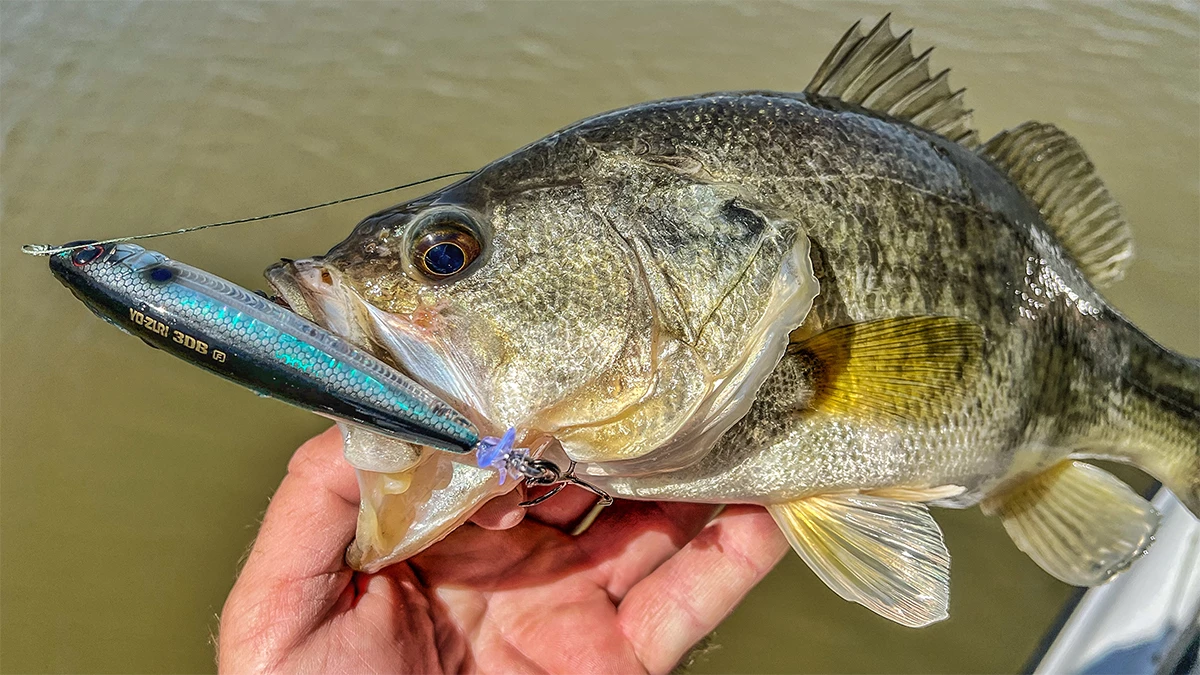
Final thoughts
All that being said, there are certainly times when a popping frog in the middle of a mayfly hatch works really well, too. Which brings up the point that all of these rules are relative and what you’ll find is that you can typically catch some fish on a wide variety of topwaters whenever the bass are keying in on something along the surface. But even though you can get a few bites on several baits, there is almost always one exact bait they’ll bite best. Sometimes it just takes a little trial and error to dial that particular bait in.
It’s not a perfect science but if you keep these three basic criteria in the forefront of your mind anytime you’re selecting a topwater, it’ll definitely help you narrow the search down quite. First, ask yourself if you are fishing targets or if covering water is more important. That will help you narrow the list of candidates down to a handful of baits.
Then, pick out a couple from those that will work best with the particular cover present. Lastly, select the best option based on how well those two or three lures mimic the forage present in size, color and action. If you approach your lure selection from this angle, you should find it much easier to find a topwater that’s perfect for almost any situation.


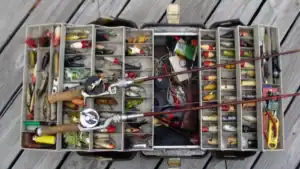
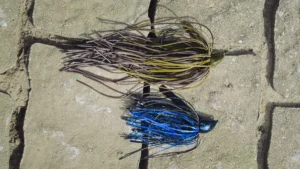
![[VIDEO] Casey Scanlon’s Go-To Trailers for Bladed Jigs](https://www.wired2fish.com/wp-content/uploads/2025/06/scanlon-trailers-300x169.webp)

